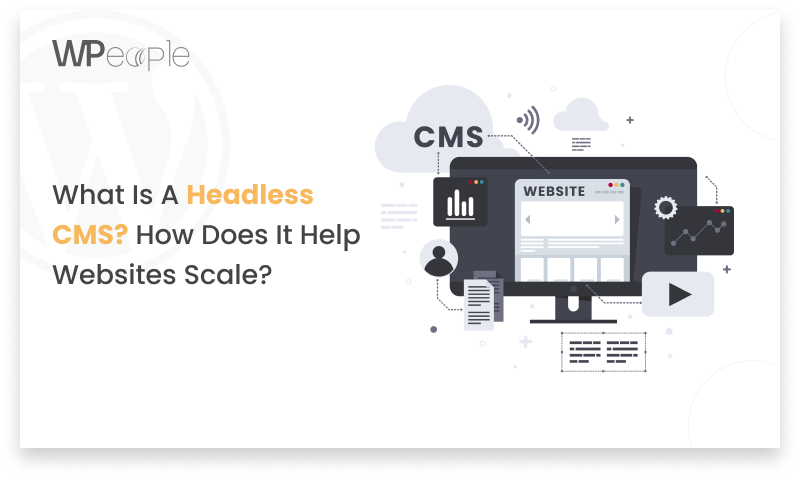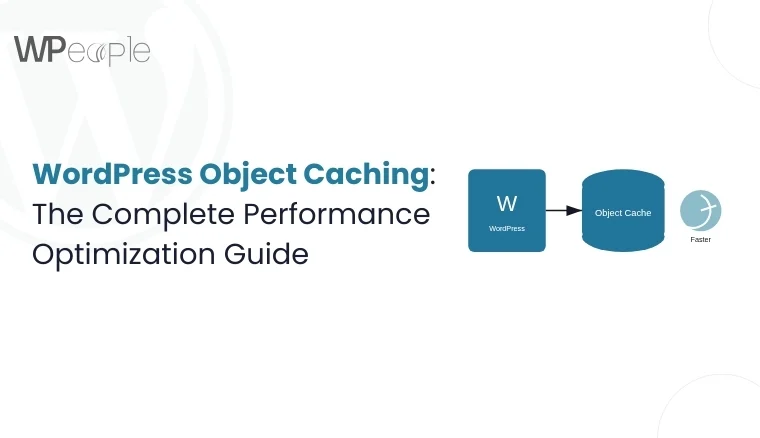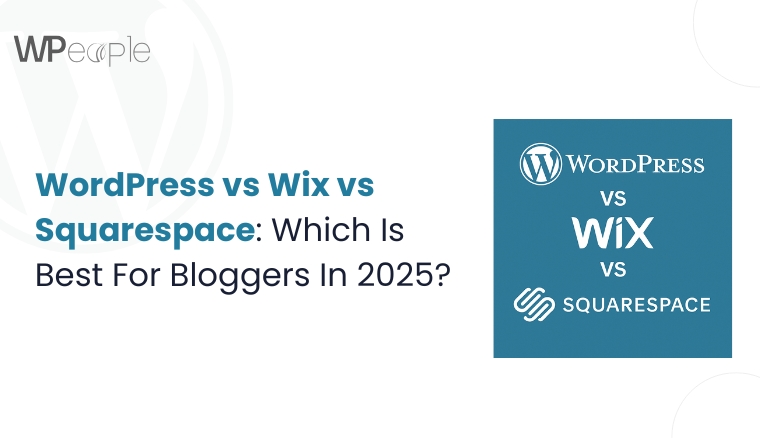
Quick Answer for Busy Developers
A headless CMS is a backend-only content management system that delivers content via APIs, allowing developers to build faster, more scalable websites by separating content management from presentation layers. Unlike traditional WordPress sites, headless CMS enables content delivery across multiple platforms simultaneously.
What Makes Headless CMS Different from Traditional CMS?
Traditional CMS vs Headless CMS Architecture Comparison
Traditional CMS limitations:
- Coupled frontend and backend architecture
- Limited multi-platform content delivery
- Slower page load speeds due to unnecessary frontend bloat
- Difficult to scale for high-traffic websites
Headless CMS advantages:
- API-first architecture enables content delivery to any device
- Decoupled content management separates content from presentation
- Multi-channel publishing supports websites, mobile apps, IoT devices
- Developer-friendly with modern JavaScript frameworks support
Why Choose Headless CMS for Modern Web Development?
Headless CMS architecture solves critical scalability issues by:
- Eliminating frontend constraints – Content isn’t tied to specific design templates
- Enabling real-time content updates across multiple platforms simultaneously
- Supporting modern development workflows with Git-based content management
- Reducing server load through efficient API-based content delivery
How Headless CMS Improves Website Performance
Core Web Vitals Optimization with Headless CMS
Largest Contentful Paint (LCP) Improvements:
- Static site generation reduces server response times by 60-80%
- CDN-delivered content loads 3x faster than traditional CMS
- Optimized image delivery through modern formats (WebP, AVIF)
Cumulative Layout Shift (CLS) Reduction:
- Predictable content rendering without theme-based layout shifts
- Custom frontend development eliminates unexpected element movements
- API-driven content ensures consistent page structure
First Input Delay (FID) Enhancement:
- Lightweight JavaScript bundles improve interactivity
- Lazy loading implementation reduces initial page weight
- Progressive enhancement techniques maintain functionality
Real-World Performance Metrics
According to 2024 performance studies:
- Page load speed improvements: 40-70% faster than traditional CMS
- Time to First Byte (TTFB): Reduced by 50-80% with proper CDN setup
- Mobile performance: 85% improvement in mobile pagespeed scores
Best Headless CMS Platforms for Enterprise Scaling
Top Headless CMS Solutions Comparison 2025
1. Strapi – Open Source Headless CMS
- Best for: Custom enterprise applications
- Pricing: Free self-hosted, $99/month cloud
- Long-tail keyword: “open source headless CMS for enterprise”
- Key features: GraphQL API, role-based permissions, plugin ecosystem
2. Contentful – Enterprise-Grade Platform
- Best for: Multi-team content management
- Pricing: $489/month for team plans
- Long-tail keyword: “enterprise headless CMS with CDN”
- Key features: Real-time collaboration, content delivery network, asset optimization
3. Sanity – Developer-First CMS
- Best for: Real-time collaborative editing
- Pricing: $99/month for growth plans
- Long-tail keyword: “real-time headless CMS for developers”
- Key features: GROQ query language, live preview, document versioning
4. Ghost – Publishing-Focused Platform
- Best for: Content-heavy websites and blogs
- Pricing: $25/month for creator plan
- Long-tail keyword: “headless CMS for content marketing”
- Key features: Built-in SEO tools, membership features, newsletter integration
How to Choose the Right Headless CMS for Your Project
Consider these factors:
- Content volume: Can the platform handle your expected content growth?
- Team size: Does it support collaborative workflows?
- Technical requirements: API flexibility and integration capabilities
- Budget constraints: Total cost of ownership including hosting and maintenance
Implementation Guide: Step-by-Step Headless CMS Setup
Phase 1: Planning Your Headless CMS Migration
Content Audit and Strategy
- Inventory existing content – Document all content types and relationships
- Define content models – Structure data for API consumption
- Map user journeys – Identify how content flows through your application
- Set performance benchmarks – Establish measurable improvement goals
Technical Architecture Planning
Frontend Layer (React/Vue/Angular)
↓ API Calls
Content API (REST/GraphQL)
↓ Data Retrieval
Headless CMS Backend
↓ Storage
Database/CDN
Phase 2: Development and Integration
Frontend Development Best Practices
- Static Site Generation (SSG) for better SEO and performance
- Incremental Static Regeneration (ISR) for dynamic content updates
- Client-side hydration for interactive elements
- Progressive Web App (PWA) features for mobile optimization
API Integration Strategies
- GraphQL implementation for efficient data fetching
- Caching strategies with Redis or Memcached
- Rate limiting to prevent API abuse
- Error handling and fallback content delivery
Phase 3: SEO Configuration and Optimization
Technical SEO Setup
- Server-side rendering (SSR) for search engine visibility
- Structured data markup implementation
- XML sitemap generation via API
- Robots.txt optimization for crawler guidance
SEO Optimization Strategies for Headless CMS Websites
Advanced SEO Techniques for Headless Architecture
1. Dynamic Meta Tag Generation
// Example: API-driven meta tags
const generateMetaTags = (content) => ({
title: `${content.title} | ${content.category}`,
description: content.excerpt.slice(0, 160),
openGraph: {
title: content.title,
description: content.excerpt,
image: content.featuredImage.url
}
});
2. Schema Markup Implementation
- Article schema for blog posts and content pages
- Organization schema for company information
- BreadcrumbList schema for navigation structure
- FAQ schema for question-based content
3. Content Optimization for AI Overview
- Question-based headings that match search intent
- Concise answer paragraphs under 50 words
- Bullet points and lists for easy AI parsing
- Fact-based statements with supporting data
Common Headless CMS Migration Challenges and Solutions
Challenge 1: Content Migration Complexity
Problem: Existing content doesn’t map to new content models
Solution:
- Create content transformation scripts
- Implement gradual migration phases
- Use API bridges for legacy content access
Challenge 2: SEO Performance During Migration
Problem: Risk of losing search rankings during transition
Solution:
- Implement 301 redirects for all URL changes
- Maintain URL structure where possible
- Use GSC to monitor crawl errors
Challenge 3: Team Training and Adoption
Problem: Content editors unfamiliar with new interface
Solution:
- Provide comprehensive training sessions
- Create detailed documentation
- Implement gradual rollout approach
Challenge 4: Performance Optimization
Problem: Achieving expected speed improvements
Solution:
- Implement proper caching strategies
- Optimize image delivery and compression
- Use CDN for global content distribution
Frequently Asked Questions About Headless CMS Implementation
Q: How long does headless CMS migration take?
A: Typical migration timelines range from 3-6 months depending on content complexity and team size. Simple sites can migrate in 4-8 weeks, while enterprise platforms may require 6-12 months.
Q: What are the ongoing costs of headless CMS?
A: Monthly costs typically range from $25-500+ depending on platform choice, traffic volume, and feature requirements. Factor in development time for custom implementations.
Q: Can headless CMS handle e-commerce functionality?
A: Yes, through API integration with platforms like Shopify, WooCommerce, or Stripe. Many headless CMS platforms offer e-commerce plugins and integrations.
Q: How does headless CMS affect website security?
A: Headless CMS generally improves security by reducing attack surface area. No database or admin panel exposed to public internet, but requires proper API security implementation.
Q: What technical skills are needed for headless CMS?
A: Teams need JavaScript/frontend development skills, API integration experience, and understanding of modern deployment workflows (Git, CI/CD).
Conclusion:
Headless CMS represents the evolution of content management, offering unprecedented scalability, performance, and flexibility for modern web development. As AI-powered search continues to grow, the API-first architecture of headless CMS positions websites for better visibility in AI Overview results and voice search optimization.
Consult with Our WordPress Experts On:
- WooCommerce Store
- Plugin Development
- Support & maintenance




